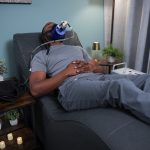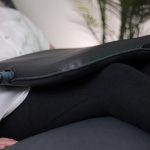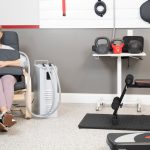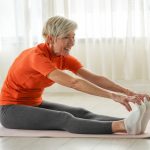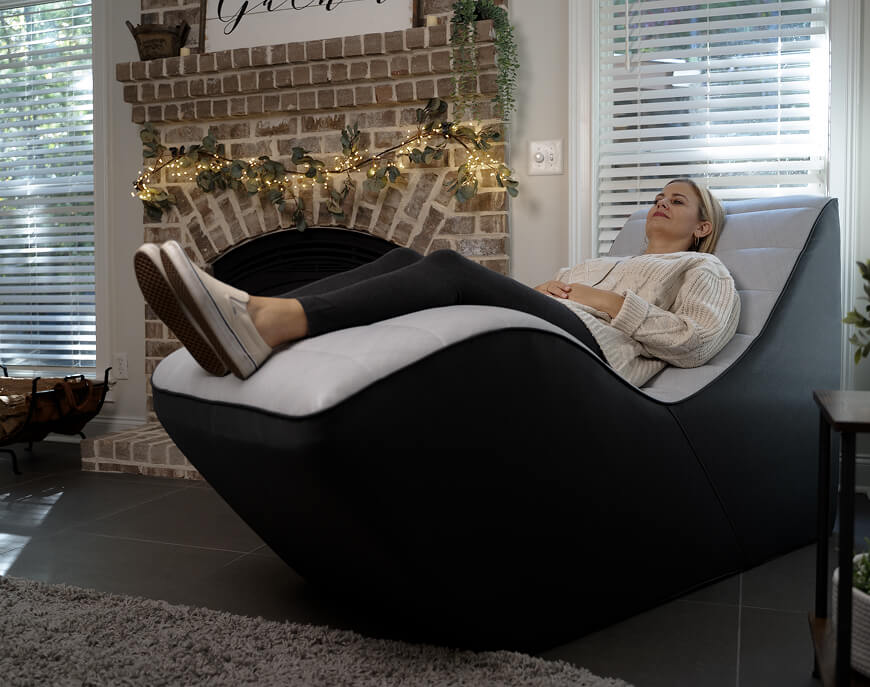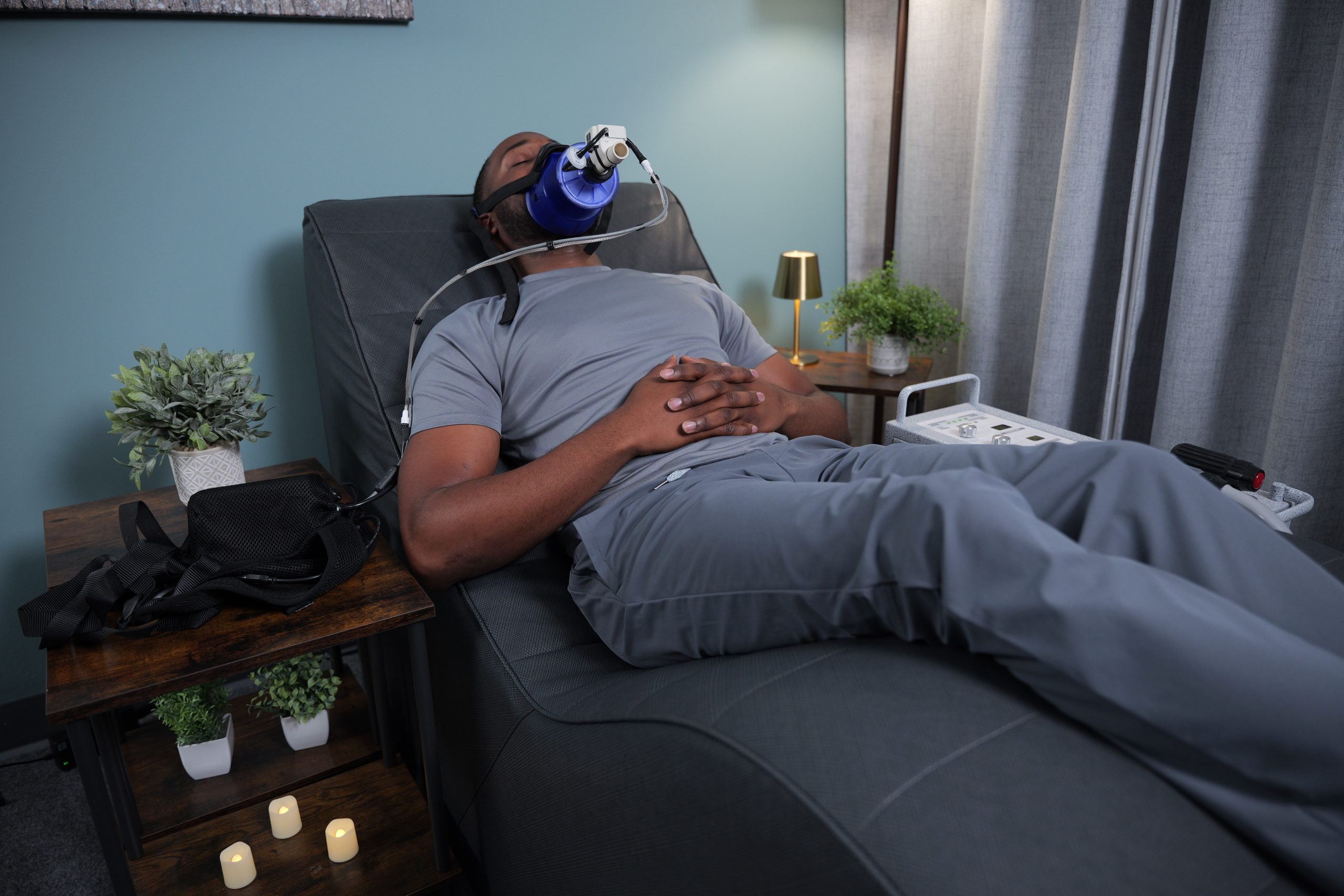As the structure that connects the lower and upper regions of the body, the hips are essential to comfortable living. But stretching, exercising, and applying PEMF to the pelvic region can assist with natural hip support.
Anatomy of the Hips
The hip area consists of two main bones, the thigh bone or “femur,” and the pelvis, which includes the ilium, ischium, and pubis. It is surrounded by the hip joint, which is comprised of the following:
- Bones
- Ligaments and tendons
- Muscles
- Nerves and blood vessels
- Cartilage
- Synovial membrane and fluid
All of these components contribute to the overall function of the hips. Further, the hips’ main roles are to bear the weight of the body and to act as the command center for the lower extremities. As you know, the hips are involved in walking, kicking, and jumping. Ideally, all of these components should work in sync.
However, a sedentary lifestyle can put a lot of stress and compression on the hips, especially the iliopsoas muscles. This happens when you sit for extended periods while working on a computer, lounging on the couch, and riding in a car. To combat this, walk regularly and take breaks throughout the day to stand, stretch, and move around. It can also be helpful to invest in an ergonomically correct chair as most provide little support for the pelvis.
Eventually, a sedentary lifestyle may lead to…
- Lack of range of motion and mobility
- Lower back and hip pain
- Difficulty walking
- Reductions in speed and agility
- Bone deterioration
In addition to staying active, both regular stretching and the use of PEMF may provide support for your body’s natural ability to reinforce itself through healthy bone and joint function, including that of the hips.
Stretching for Hip Support
Regular stretching of the hip region strengthens the muscles that support the hips. These muscles are frequently referred to as the iliopsoas, a combination of the psoas major, the psoas minor, and the iliacus. To improve their function and mobility, you must stretch these muscles.
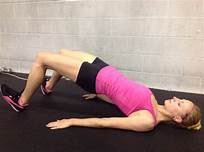

According to the Mayo Clinic, these and other hip-stretching exercises may help to improve your physical performance. Further, they may decrease your risk of injury and improve range of motion. Stretching also enhances blood flow to the muscles, which may result in unexpected benefits to your overall wellness.
Natural Hip Support with PEMF
While PEMF is not a cure or treatment for any hip conditions, it may be a helpful addition to your wellness regimen. By stimulating and exercising the cells, PEMF supports the body’s self-healing and self-regulating abilities.[2] In fact, PEMF supports general relaxation[4,5] and assists with muscle fatigue and discomfort after exercise.[3]
PEMF Positions to Target the Hips
Combination with the Square Pad and Paddles.
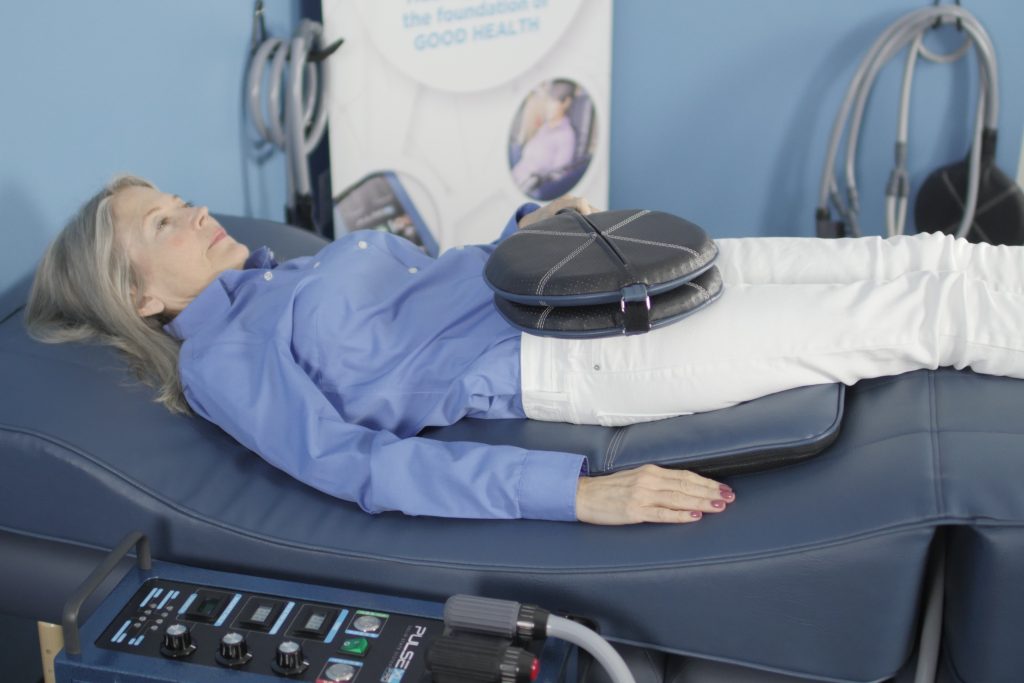
Double stacked Paddles.
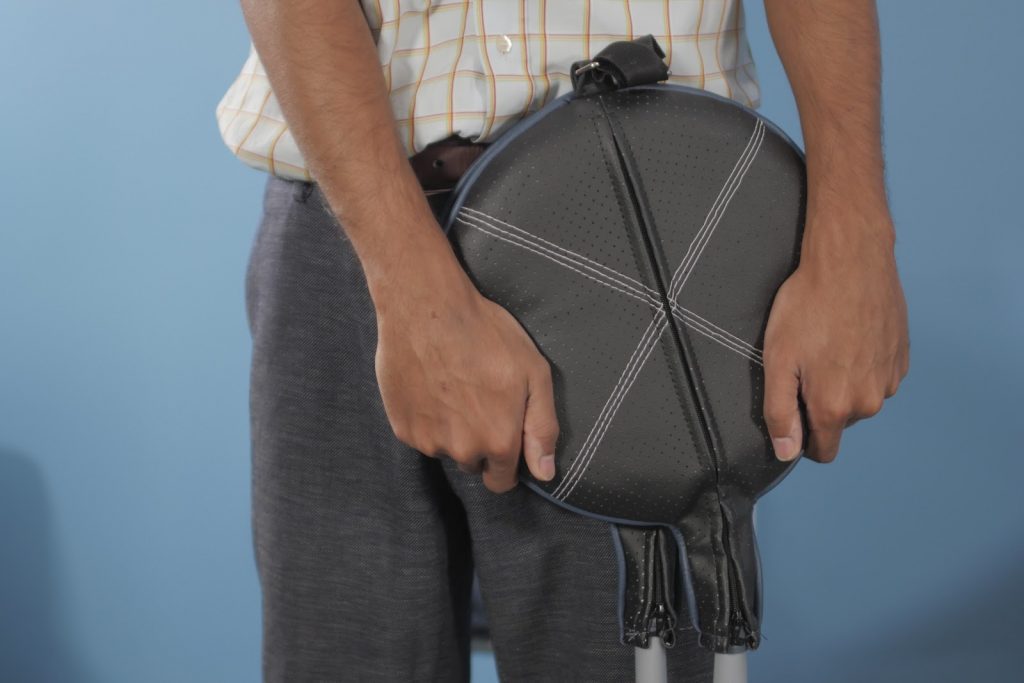
Combination with the two Square Pad focused on the hips.
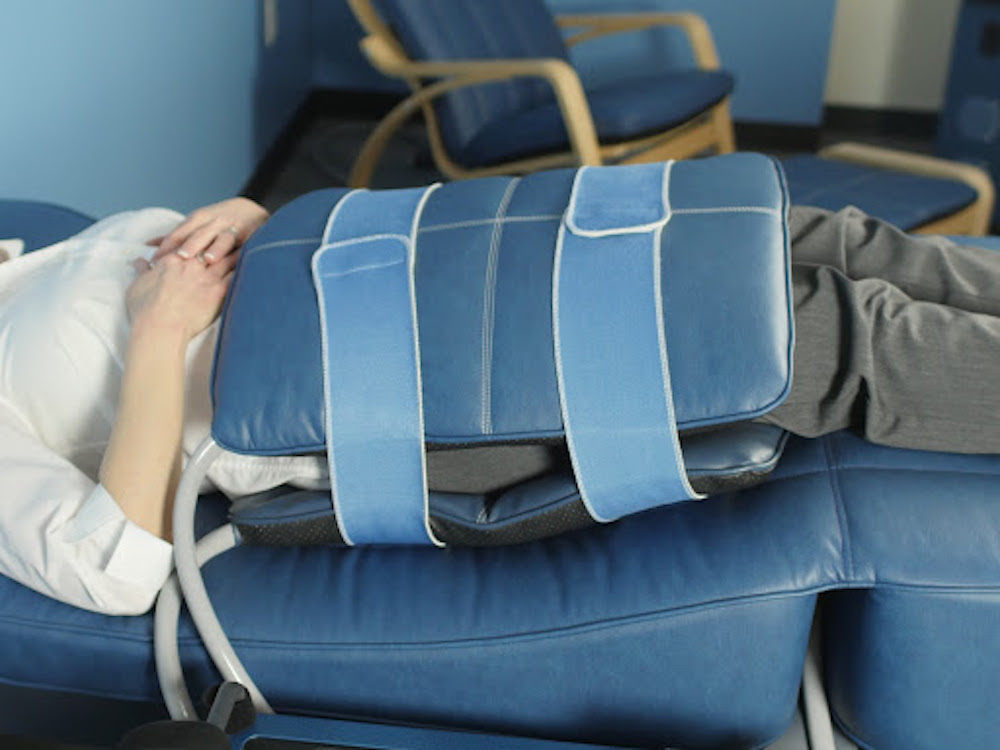
When it comes to natural hip support, PEMF, stretching, and exercise may all be beneficial. As always, consult your licensed healthcare provider if you are experiencing pain or discomfort in your hips.
[2,3,4,5]To locate the citations referenced, visit info.pulsecenters.com/research.


